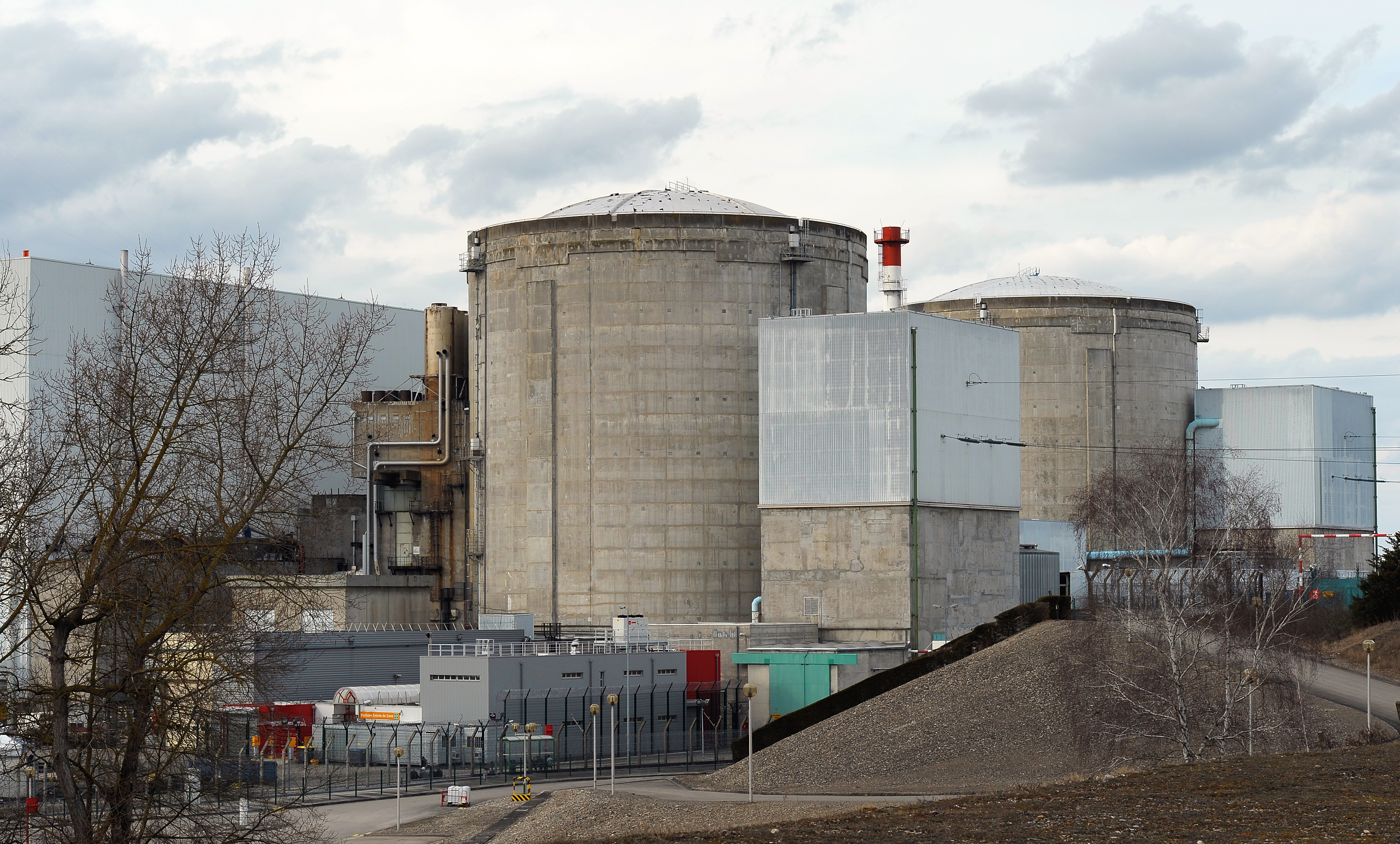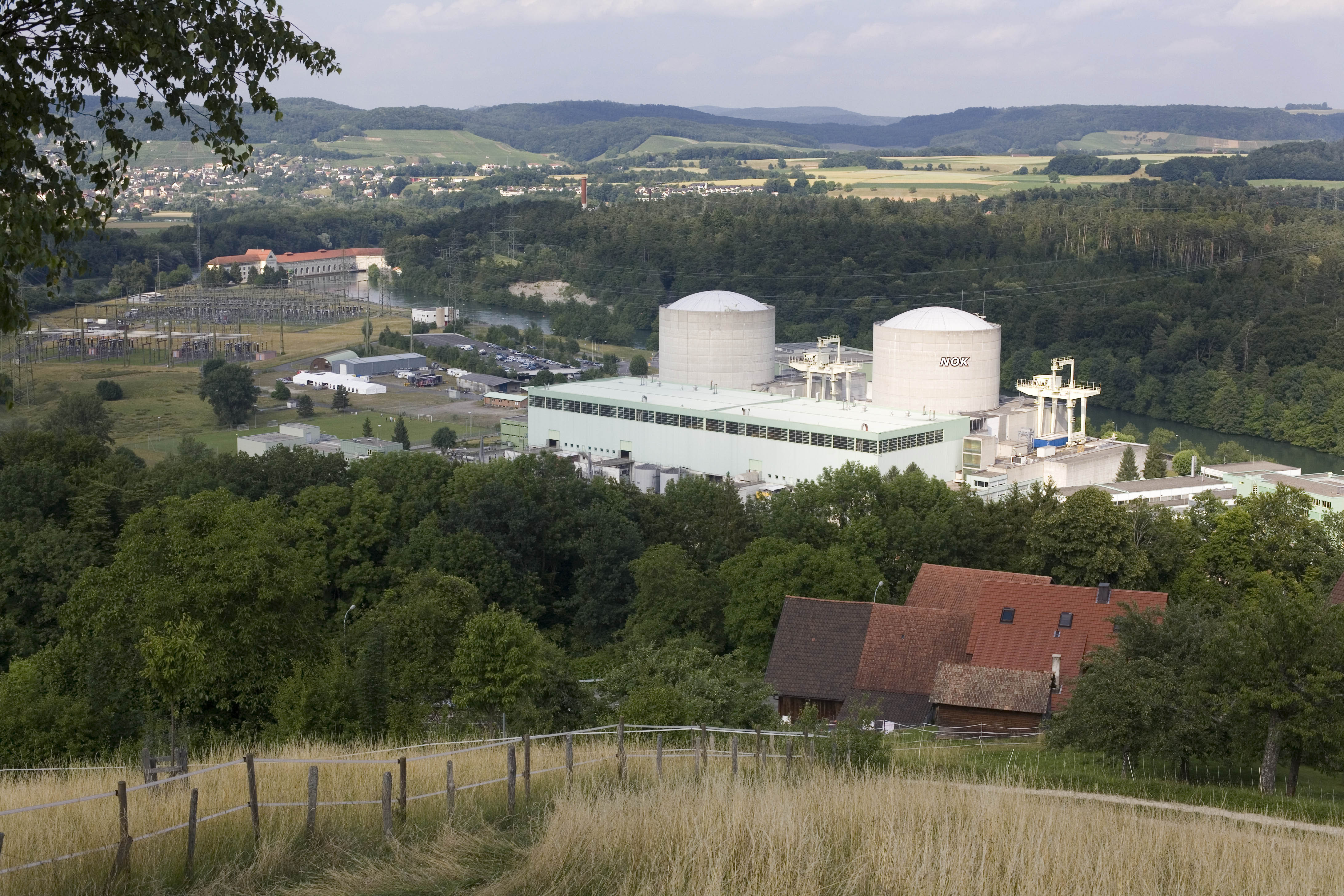Decommissioning nuclear plants comes at a price

The disaster at the Japanese Fukushima power station after last month’s earthquake and tsunami has put the question of nuclear power back on the agenda.
Calls have been growing in Switzerland for its oldest plants, Mühleberg und Beznau, to be closed down.
And it is not only the traditional anti-nuclear lobby, the Greens and leftwing parties, who want an end to nuclear power; even some voices from the centre-right are speaking openly about such a step.
The pro-nuclear lobby is fighting back. Premature decommissioning would not only have short term financial consequences, they say, but would totally undermine the financial provisions that have been made to pay for their eventual dismantling.
The Swiss authorities and power industry reckon that nuclear power stations should have a lifespan of 50 years. Consumers pay a supplement of 0.8 Swiss centimes ($0.0087) per kilowatt hour, which goes into two funds, one to pay for dismantling, and the other for the disposal of nuclear waste.
These funds are supervised by the state. Like pension funds, the assets are invested in the financial markets. The aim is to get a return of five per cent a year. The two funds together are currently worth about SFr4.15 billion.
It is officially calculated that it will cost a total of SFr15.5 billion to dispose of waste during the period the plants are in operation and after they have been decommissioned. Of this, SFr7 billion will be paid directly by the operators, while SFr8.5 billion will come from the funds.
Underfunded?
But even if the plants remain in operation until the end of their planned lives, the funds for dismantling and the disposal of waste are not 100 per cent guaranteed. It is not at all certain that the capital markets can produce a return of five per cent a year. Experts regard the target as extremely ambitious.
Dismantling is an extremely complex and lengthy procedure, and may produce nasty surprises, and thus raise costs.
For example, Swiss television revealed in 2006 that workers dismantling the experimental Diorit reactor in Würenlingen in northern Switzerland had unexpectedly found asbestos had been used in the construction, exposing them to further risk.
And if the plants are closed prematurely, there will be no more money feeding the funds.
Under the law on nuclear energy, the operators are responsible for making up any shortfall. But experts doubt their capital ratio would be sufficient to cover it.
A long task
German experience with dismantling nuclear power stations has shown that the work can easily take more than 20 years.
Before deconstruction can start, the fuel rods have to be cooled. Radioactive particles penetrate the concrete used to construct the power station, which means the material cannot simply be broken up, otherwise radioactive dust will be released into the air. And the tools used for the dismantling themselves become contaminated.
A Swiss television programme last week pointed out that although the Würenlingen reactor was decommissioned in 1977, dismantling only started in 1994 and is still not finished.
But Switzerland’s nuclear lobby organisation says things have changed.
“Specialist dismantling firms have gained a lot of experience in recent years,” Philipp Hänggi of swissnuclear told swissinfo.ch.
“The methods used have been improved and optimised. So the cost of dismantling the first dozen plants and the time it took cannot be applied directly to new dismantling projects.”
“It has been possible to standardise specific steps, although the dismantling of the plant as a whole will always be different for each one.”
Experience gained
Hänggi says 15 years is a realistic timescale for a nuclear power station to be completely dismantled. And the site will then be in such a state that a children’s playground could be built there.
The first stage in dismantling is to remove the fuel rods and the reactor building. There’s “nothing special” about the process of decommissioning the nuclear core, Michael Schorer, head of communications at Nuklearforum Schweiz, an association promoting the use of nuclear energy, told swissinfo.ch.
“Even during operation, fuel rods are regularly replaced and taken to the interim storage facility,” he explained.
The Swiss authorities presume that the dismantling of all the country’s nuclear power stations and the interim storage facility for nuclear waste in Würenlingen will cost SFr2.2 billion. The costs are checked and reassessed every five years.
The next report is due out in 2012.
Switzerland’s nuclear power stations are:
Beznau I (commissioned 1969)
Beznau II (1972)
Mühleberg (1972)
Gösgen (1978)
Leibstadt (1984)
Switzerland’s five nuclear power reactors generate 39.3% of the country’s electricity.
Hydro-electric stations: 55.8%.
Conventional power stations: 2.9%
New renewable sources (solar, wind, bio-fuel and biogas): 2%.
(Adapted from German by Julia Slater)

In compliance with the JTI standards
More: SWI swissinfo.ch certified by the Journalism Trust Initiative















You can find an overview of ongoing debates with our journalists here . Please join us!
If you want to start a conversation about a topic raised in this article or want to report factual errors, email us at english@swissinfo.ch.